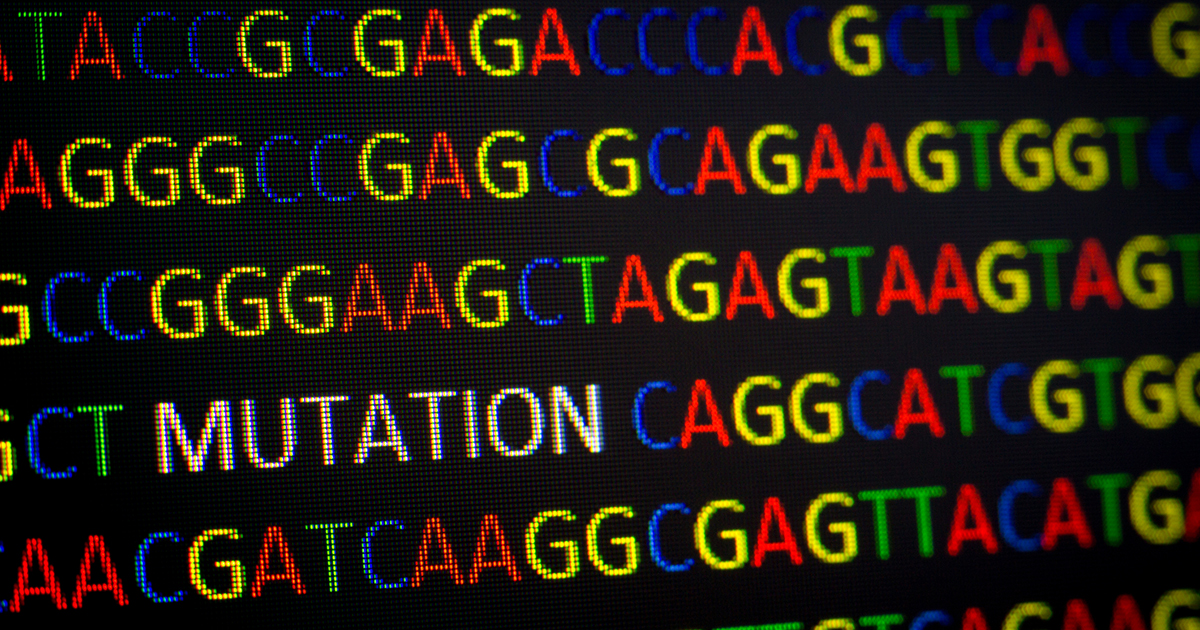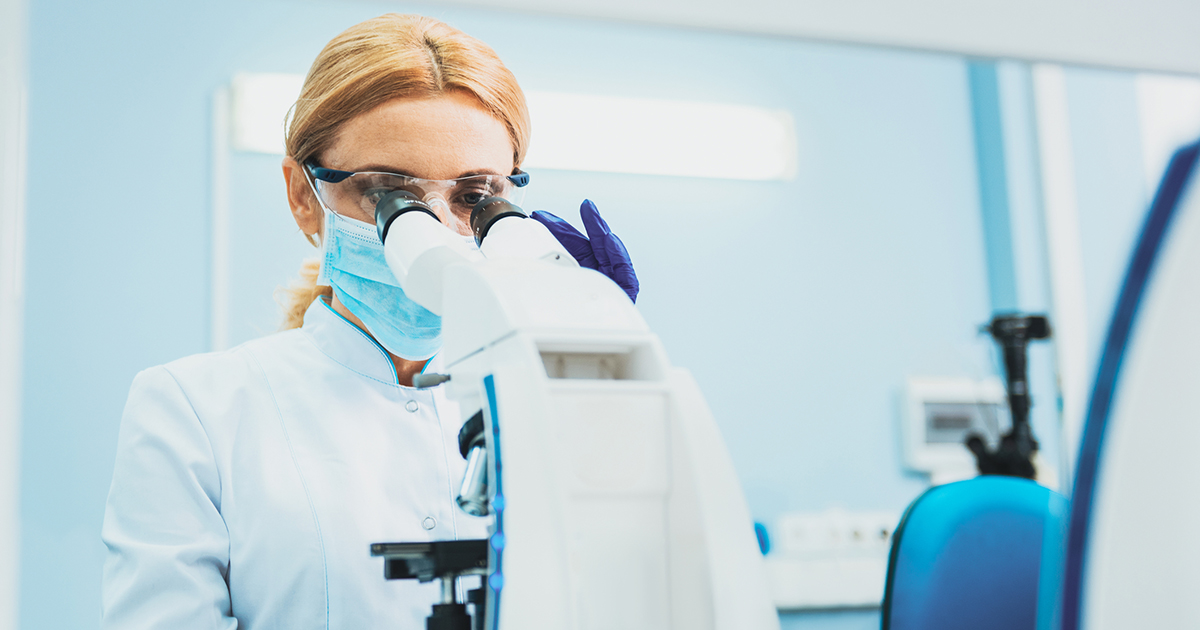Huntington's Disease Causes And Diagnosis
Huntington's disease (HD) ranks as one of the most severe neurological disorders. This ultimately fatal disease causes both physical and mental symptoms that lead to progressively more severe disability. Thankfully, Huntington's disease is rare in comparison to other conditions. According to the Huntington's Disease Society of America, today in America, approximately thirty thousand individuals are living with Huntington's, while another 200 thousand are at risk. Risk comes solely from genetics, which means a person must inherit the disease and it cannot be transmitted or caused by environmental factors. Most Huntington's patients live healthy lives before becoming symptomatic, which most often occurs between the ages of thirty and fifty, though a small number of patients experience juvenile Huntington's. Physical, intellectual, and emotional symptoms develop. Chorea, which causes involuntary, rhythmic motions, often in the patient's upper body, is one of the most notable symptoms. Get to know more about the causes of Huntington's disease and how it is diagnosed now.
Gene Mutation

Huntington's disease results from the mutation of the huntingtin gene, which everyone has. The mutation creates a protein that misfolds and aggregates inside nerve cells. This misfolding protein kills nerve cells. As nerve cells die off, muscle coordination is lost, cognitive abilities decline, and behavioral abnormalities become apparent. The expansion of the huntingtin gene is inherited from a parent who carries the expanded gene. Since two parents with Huntington's disease is an improbable occurrence, the chances of a child inheriting the gene mutation are 50/50. Inheritance occurs independent of gender, and a male or female baby can inherit the mutation from either its father or mother. If the baby inherits the mutation, they have a fifty percent chance of passing it to any offspring. Babies who don't inherit the mutation from a parent with Huntington's never pass the mutation on to their offspring. No offspring receive the mutation for any reason other than pure, 50/50 chance.
Autosomal Dominant Inheritance

The 50/50 chance of a parent with Huntington's disease passing the mutation to their child results from autosomal dominant inheritance. Autosomal genes are contained in the first twenty-two nonsex chromosomes. After conception, the genes of the mother and father mix. Autosomal genes pair up, one from the mother and one from the father. As with other genes, the baby receives one huntingtin gene from the mother and one from the father. If one parent has the mutation in this gene, the child inherits it if the gene is dominant, but escapes Huntington's if it is recessive. The chances of the gene being dominant or recessive are exactly 50/50, regardless of which parent has the disease. As a result, the chances of Huntington's disease being passed down are 50/50 per pregnancy, and it makes no difference whether any siblings inherited the disease or not. In this way, it is like the chances of heads or tails in a series of coin tosses. Each toss has an exactly 50/50 chance of landing heads up. Though clusters of repeated heads or tails tosses may occur, over time, the 50/50 odds prevail.
New Mutation

In rare cases, a new mutation may form, resulting in a patient with Huntington's disease who did not inherit the disease from either parent. This is known as a de novo mutation of the HTT gene, which is the gene that gives the instructions for making the protein huntingtin. Scientists understand the mutation of the HTT gene causes Huntington's. Within the HTT gene, there is a DNA segment called the CAG trinucleotide repeat, which consists of three parts that repeat multiple times. A normal CAG repeats ten to thirty-five times. In Huntington's patients, the CAG repeats thirty-five to 120 times. Individuals with thirty-five to thirty-nine CAG repeats may or may not develop Huntington's, while those with over forty repeats typically always develop the disease. In addition, data shows patients with higher CAG repeats tend to have symptoms earlier in life that ultimately become more severe. Data suggests when Huntington's is passed down through generations, individuals tend to have higher CAG repeats.
Risk Factors

Since Huntington's disease is usually based on genetic inheritance, there is nothing a person can do to prevent themselves from getting the disease. If a Huntington's patient has children, we know the children have a fifty percent chance of developing the condition themselves. Once cases of Huntington's disease develop, patients also have increased risk factors for depression and suicide. In later stages, risks of falls become an issue. Because of chorea and other movement symptoms, especially when severe, patients may find it impossible to perform daily tasks they formerly had no trouble completing. Patients may also lose a tremendous amount of weight. Difficulties with swallowing puts patients at risk of choking in the late stages of Huntington's. Cardiovascular and heart disease often become complicating factors that cause death. Once in the later stages of the disease, patients often need nursing care to protect them from these risk factors. Data also suggests when Huntington's is inherited from the father, more CAG repeats are often present, which increases the chances of an earlier onset of the disease and more severe symptoms.
How It's Diagnosed

Huntington's is diagnosed either when a physician notices symptoms or when a person with a family history elects to get tested. Symptoms of Huntington's disease come in three stages. In the early stage, clumsiness and some behavioral or psychological symptoms may be present. When Huntington's progresses to the intermediate stage, trouble with speech and increased difficulties with movement may be present, along with moderate chorea. During the final stage, chorea becomes severe. Speech may become impossible, and the patient may require around-the-clock care. Huntington's disease symptoms mimic many other diseases, so a definitive diagnosis in the absence of a genetic test is difficult. Before the discovery of genetic testing, patients often had symptoms for years before a diagnosis was confirmed, often after chorea began. Today, patients with Huntington's symptoms are referred to a neurologist, who examines the patient, rules out other causes, and orders genetic testing to confirm the diagnosis.
Huntington's has been a severe and treatment-resistant disease, with historical records indicating individuals have suffered from the disorder for centuries. Now that modern genetics allow scientists to understand the disease process and make vital progress in how it's diagnosed, the options for treatment are expanding. New research is underway that may result in reductions of symptoms and eventually a cure.
